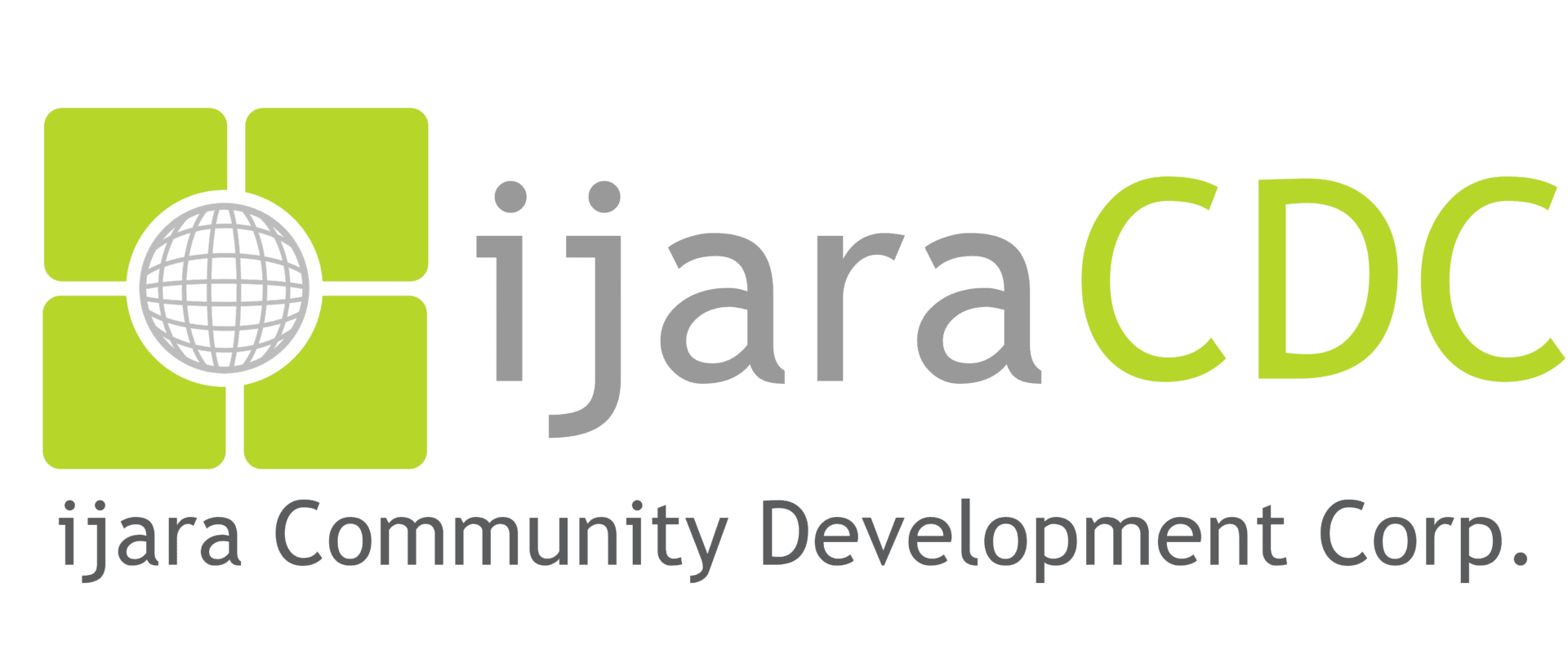What is Sukuk al-Ijara?
As Islamic business practices expand and the demand for Islamic financing methods rises, the quest is always on for developing potent and effective products that not only cater to changing business scenarios but are also Sharia compliant. In this respect, the sukuk al-ijara form of financing is regarded as a revelation of sorts. A hybrid product, the sukuk al-ijara is a relatively recent development in the realm of Islamic financing, but it has nonetheless, established itself as one of the most popular modes of financing.
The popularity and effectiveness of the sukuk al-ijara stem from a variety of factors. One of the main reasons is of course, its simplicity, which is the result of its strict adherence to Sharia laws. There are also some Islamic scholars who believe that the sukuk al-ijara is the classic sukuk structure that has given rise to all other forms of sukuk financing methods. Whatever may be the reason, a more in-depth analysis of the sukuk al-ijara is definitely merited.
The Working Principles of Sukuk al-Ijara
To gain a better understanding of how sukuk al-ijara functions, it is worthwhile to have an idea of what “sukuk” is. Sukuk are entitlement scrips where each suk is equivalent to a fractional ownership of an asset or some project. To put this in simpler words, an asset is financed by a couple of investors, each of whom pays a certain portion of the price of the asset. Each investor thus becomes the owner of that portion of the asset and this right of ownership is conferred to him by sukuk scrips of equivalent amounts. As per the rules of the Sharia, the asset should be real or be rentals, as in ijara.
The sukuk al-ijara mode of financing involves transactions with certificates or entitlement scrips that confer ownership of leased assets or rentals obtained from leasing assets.
The certificates that specify the right of ownership of leased assets are certificates having an equal value that are issued either by the owner of the leased asset or by a bank or some other financial institution engaged by the owner. The aim of this financial institution is to sell the asset and obtain the value of the asset with the help of subscriptions so that the right of ownership can ultimately be transferred to the certificate owners.
Another form of sukuk al-ijara transaction involves certificates that confer rights to use a particular asset. In such a case, the owner of the asset issues a lease certificate whereby he allows another party to use the asset and enjoy its benefits. The holder of the lease certificate can in turn sub-let the asset and be paid a rental amount, the ijara, at pre-determined intervals of time.
Apart from the above-mentioned forms of sukuk al-ijara, there is another mode of transaction where the certificates involved confer a right of use of some defined future tangible asset. This transaction is entered into by parties who are willing to lease out a tangible future asset and collect rent in the form of subscription revenue.
How Has sukuk al-ijara Benefitted Islamic Finance?
The Islamic financing industry has seen an incredible growth in the last ten years. The number of Islamic financial institutions has increased from only a few till about three decades back to close to 500 in about 100 countries of the world. What is more, these institutions are not only concentrated in the Middle East and the South-East Asian countries, but have also spread to the USA, the U.K., and other parts of Europe. According to Standard and Poor’s, the total worth of the Islamic financing industry is more than $500 billion and the net value of its assets has been increasing at a steady rate of 10% since the last decade, recession notwithstanding.
It is noteworthy in this context that the sukuk mode of financing and in particular, the sukuk al-ijara contract came into prevalence towards the beginning of the last decade and since then has grown in popularity in leaps and bounds. The growth and development of Islamic financing in the last decade along with the emergence of the sukuk methods of financing are telling pieces of evidence. They definitely point to the role that sukuk al-ijara has played in charting the path and shaping the growth of Islamic finance.

